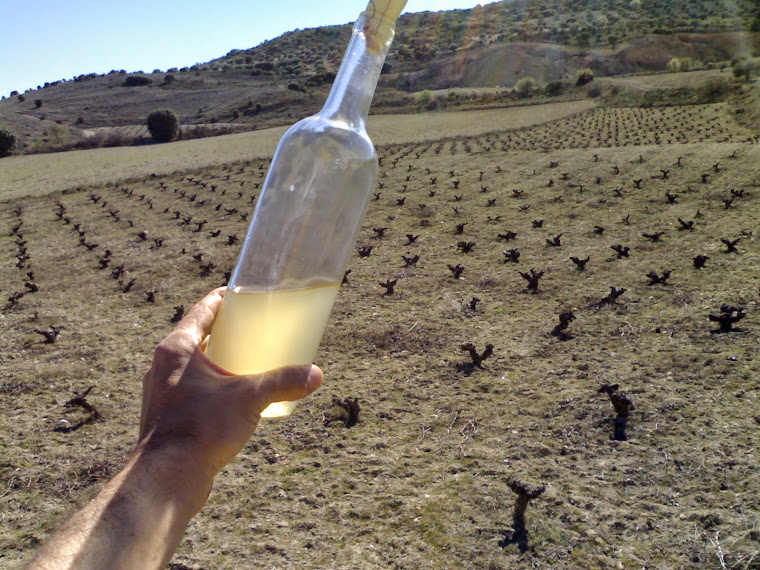With such a climate it's really easy to farm organically.
Unlike other wine-producing regions like France, Germany, Northern Italy, and Northern Spain, including La Rioja and Galicia, we do not have much risk of rain damaging the grapes at harvest time (from the last week of August, through September to the first week October usually, depending on micro-climates and grape varieties). The possibility of rainfall at that time is virtually nil, so we can harvest the grapes at the moment of optimum ripeness, and never have to do early or late harvests due to rain. This is an important issue for grape-growers in those colder, wetter regions as great skill, knowledge and experience is required to determine the correct day to pick the grapes.
In fact, we grape-growers in hot, arid regions have the opposite problem: if we let the grapes get too ripe they will contain too much sugar and not enough acidity, and the wine will be too ‘heady’ and alcoholic.
However, we do have to be careful over the summer and up to harvest and keep an eye on the vineyard. If there's a summer storm or if it rains even a little bit, then there is a definite risk of mildew and oidium. The combination of heat and humidity (a few days after the rain and under the vine) is a trigger for the spores and this is when they multiply. There's a very tight window of opportunity when you might have to spray sulphur to nip the outbreak in the bud (as it were!).
I learnt this the hard way. One year, about 10 days before harvest it rained, and two days later I noticed a few vines affected, but I decided to do nothing and just wait for the harvest. In one week half the vineyard had been affected and I lost about 50% of my grapes!!!
My vineyard in Carabaña is planted on lime-bearing (calcareous) poor soil, which is influential in the production of quality grapes and complex flavoured must. My new vineyard in Villarejo is similar, but the soil has more clay and is redder in colour. My future vineyards in and around El Tiemblo ... remain to be seen, as I haven't actually got any yet, and I don't know the climate there at all.

